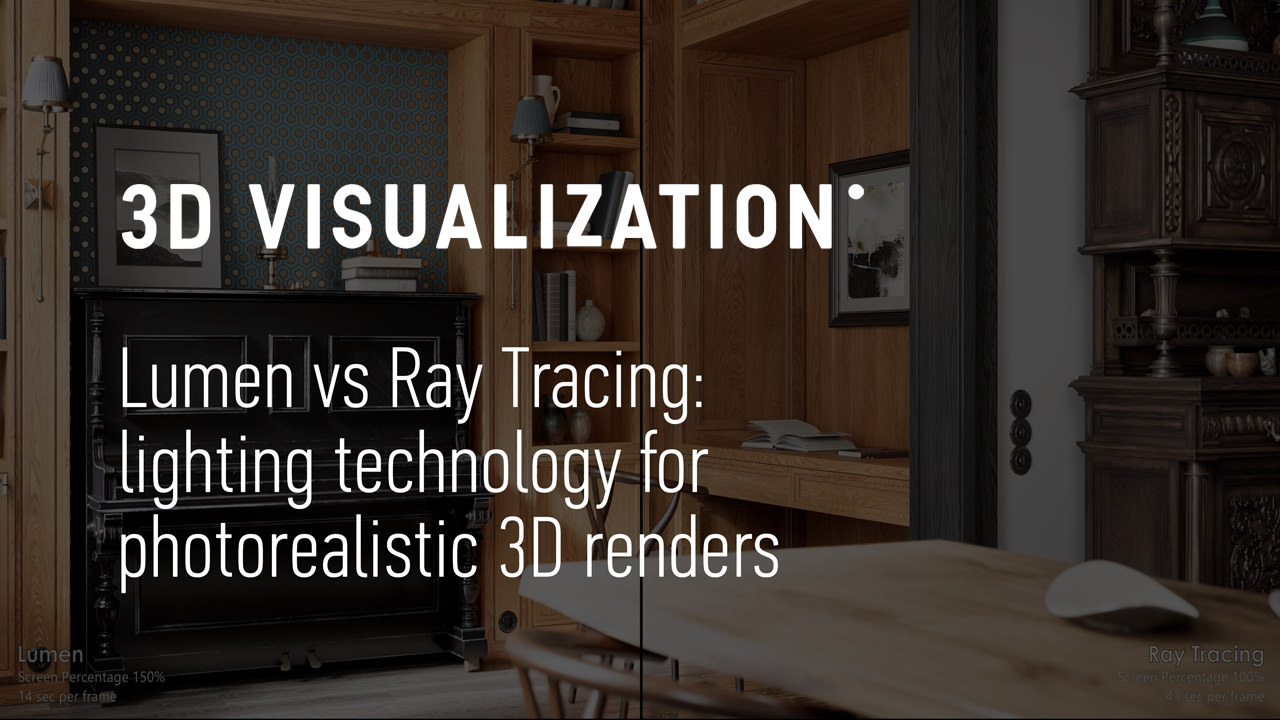In terms of hardware, I don't think hardware vendors are ever going to ditch texture samplers. Intel eventually figured out that it was a non-negotiable part of modern graphics hardware during their Larrabee project and have you seen how slow ASTC format emulation is on desktop graphics hardware ?Late to the discussion but in terms of depreciating rasterization support what are we even talking about specifically in terms of the hardware side? And how much of that could be adequately essentially run in software via the shader cores as performance grows (essentially negating the need for depreciation)? Hasn't there been rumors (or patent readings?) regarding compute based ROPs?
D3D12 and Vulkan still exposes warts such as tessellation, geometry shaders, and transform feedbacks. Mesh Shading isn't a true replacement to the old geometry pipeline either since it's not compatible with transform feedbacks. On some vendors you now have two internal hardware geometry pipeline paths as a result of this asymmetric functionality. Only Metal API attempts to avoid this mess at the cost of developer convenience and there's only one vendor currently that supports a near stateless approach to ordered geometry amplification ...
For things that we think of that are "programmable" such as pixel shaders, they too have "graphics state" which is implemented with specialized hardware as well that interacts with features such as MSAA, delta colour compression, optimal surface tiling memory layouts, variable rate shading, etc some of which I mentioned that we could live without ...
I don't imagine we'll ever reach a point into dropping ROP/blending hardware in the future. You get free sorting, reduced bandwidth consumption, and a predictable blending order with a relatively small amount of circuits. The alternatives like implementing per-pixel sorting in software or tile memory in hardware aren't very good. Per-pixel sorting will lead to lot's of memory traffic to the video memory in a time where bandwidth is becoming a premium and tile-based renderers (mostly mobile GPUs) aren't scalable in scene complexity for details that I'm not likely to get into once more ...

